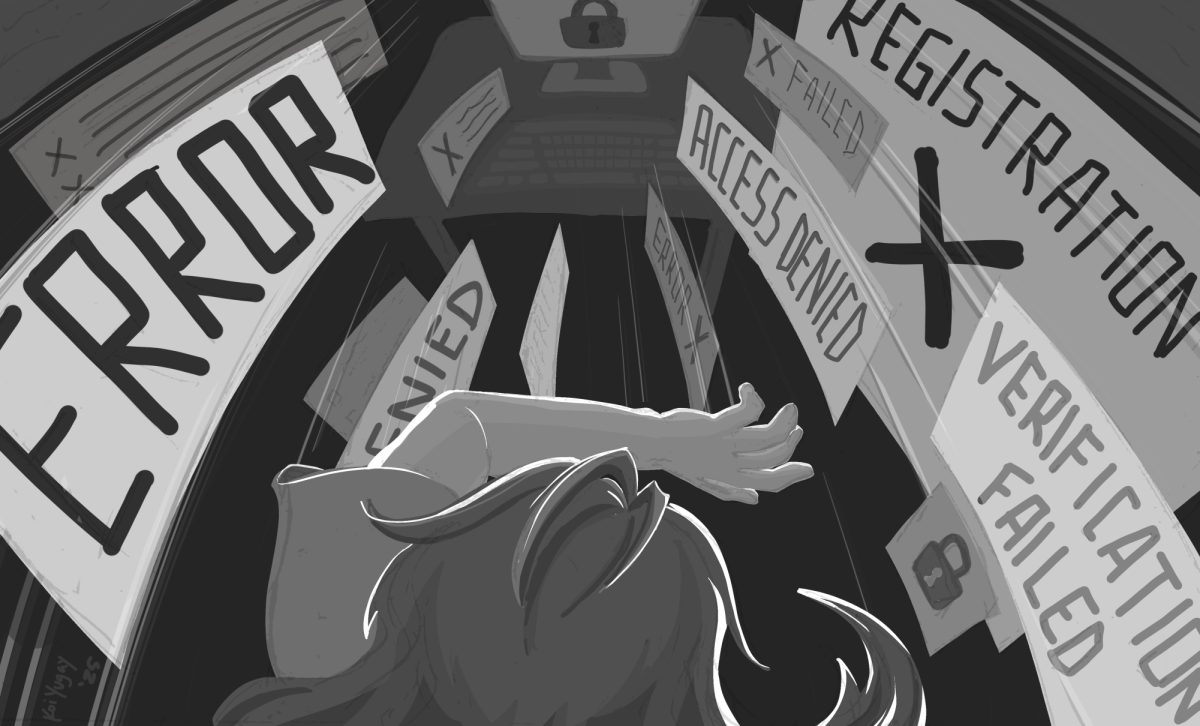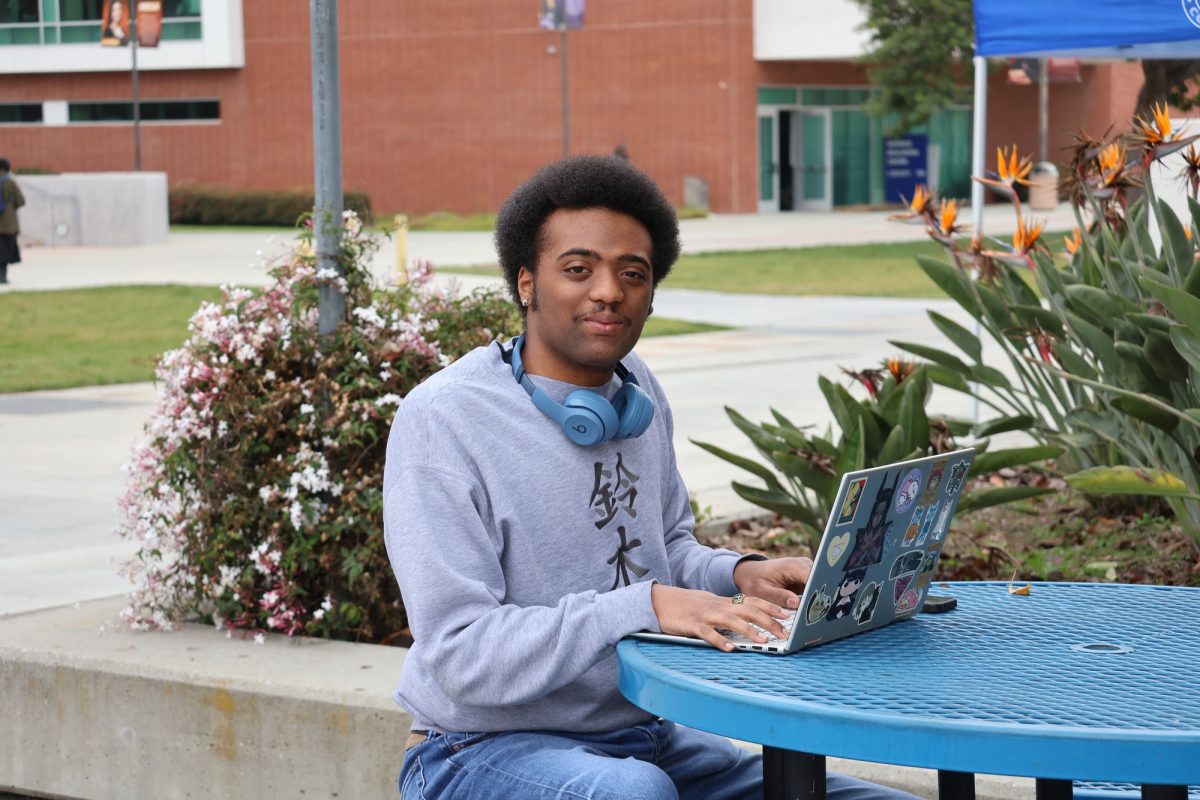Parking is so bad on campus that it could stop students from getting an education.
Traditionally, it has been hard for students to find parking during the first weeks of classes each semester. Instructors and college spokespeople usually attribute the crunch to a temporary influx of students on campus paying for classes in the cashier’s line and say that it will be over by the third week.
This rationale no longer makes sense, though, as the majority of students now pay for classes on-line through the MyECC Web site at portal.elcamino.edu. Additionally, it is now the third week of classes and there is no sign that parking is going to become readily available soon. The 350 new spaces in the Lot H parking structure have not even made a dent and closing them at 4 p.m. does nothing to ameliorate the difficulties of finding somewhere to park when coming to campus for a night class.
Currently it takes an average of 20 to 40 minutes for a typical student to find parking depending on what time they arrive on campus. For those who park off campus it may not take as long to find somewhere to parallel park in the area neighborhoods, but they are nearly guaranteed a 10-15 minute walk to campus once a space is found.
All the stress associated with finding a parking space when there are clearly not enough available can adversely effect students’ mental health and likelihood to have good classroom attendance. If nothing is done to mitigate the parking problems, test scores and class work will suffer because of a lack of access to important campus-based resources, such as the library and specialized labs. This will, in turn, cause lowered course grades for many students and could result in problems transferring.
The college needs to immediately make up for the influx of students brought in by the recession and the Cal State System’s new policy of bumping students back to Community Colleges for certain classes.
Last year, when Lot H was first closed for construction of the five-story structure shuttles were set up to bring students to and from off-site parking. While this wasn’t optimal, it at least provided access to necessary parking. Another solution would be to systematically encourage carpooling among students and staff with incentives such as preferred parking and well advertised discounts on parking permits.
While the responsibility for providing parking each semester falls to the College’s administration, students may combat the parking problems by using mass transit, voluntarily carpooling or cycling to campus rather than driving.
A partial list of transit agencies that serve the area around EC is on the college Web site at http://www.elcamino.edu/about/publictransportation.asp. Users should be aware, however, that some of the links are missing or broken and newer agencies, like Beach Cities Transit are not included.
-See related article on page 2






